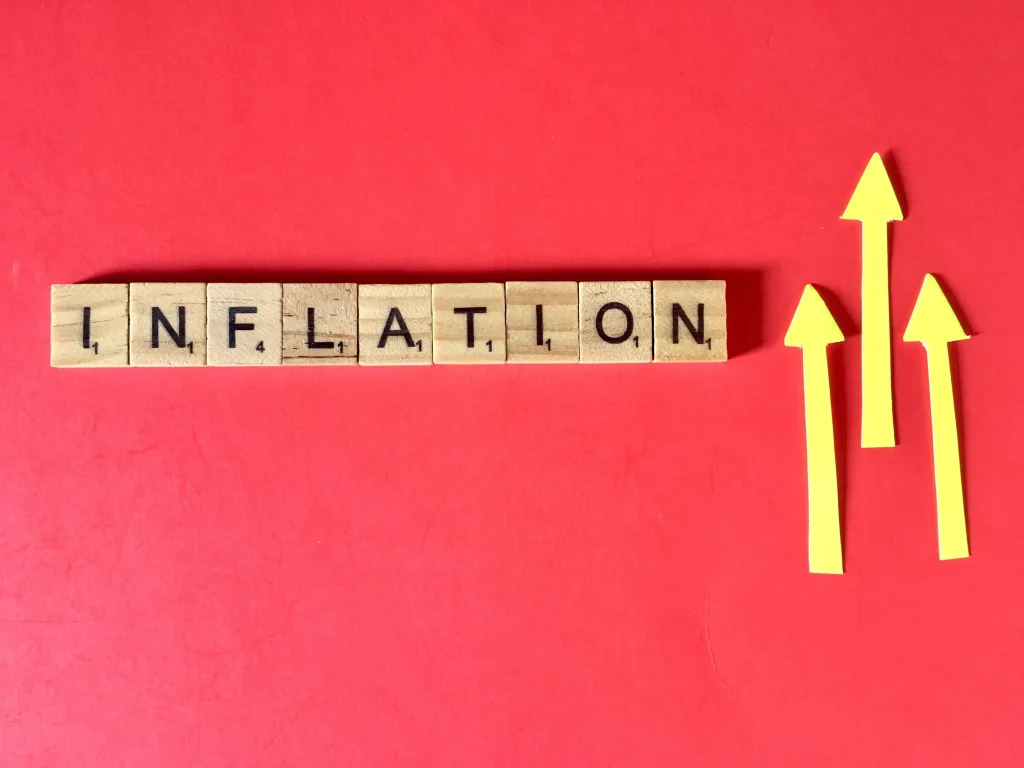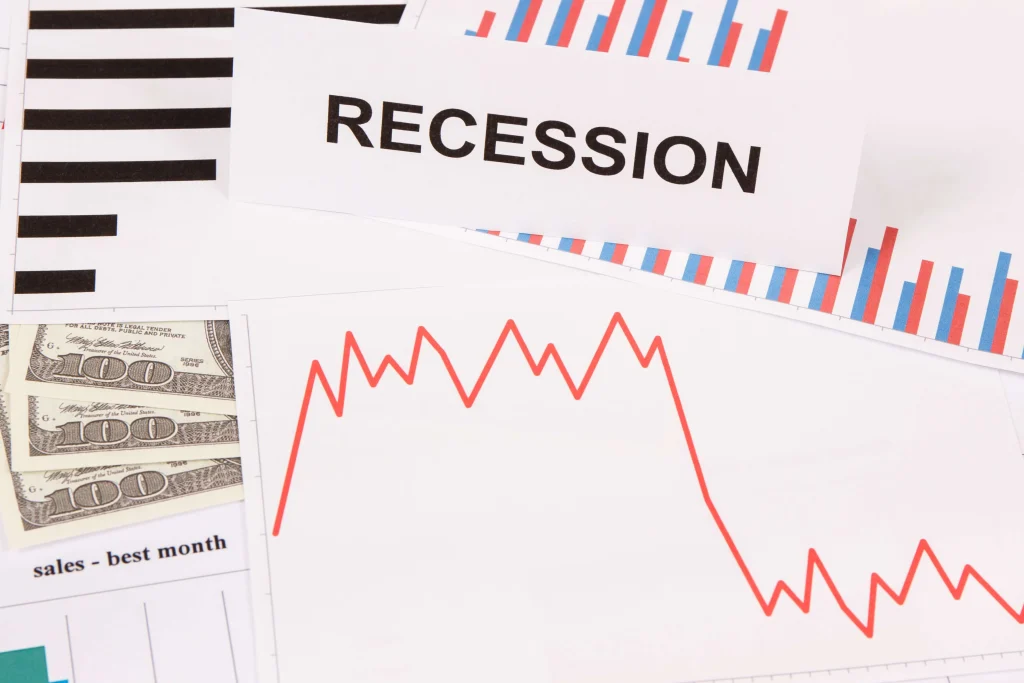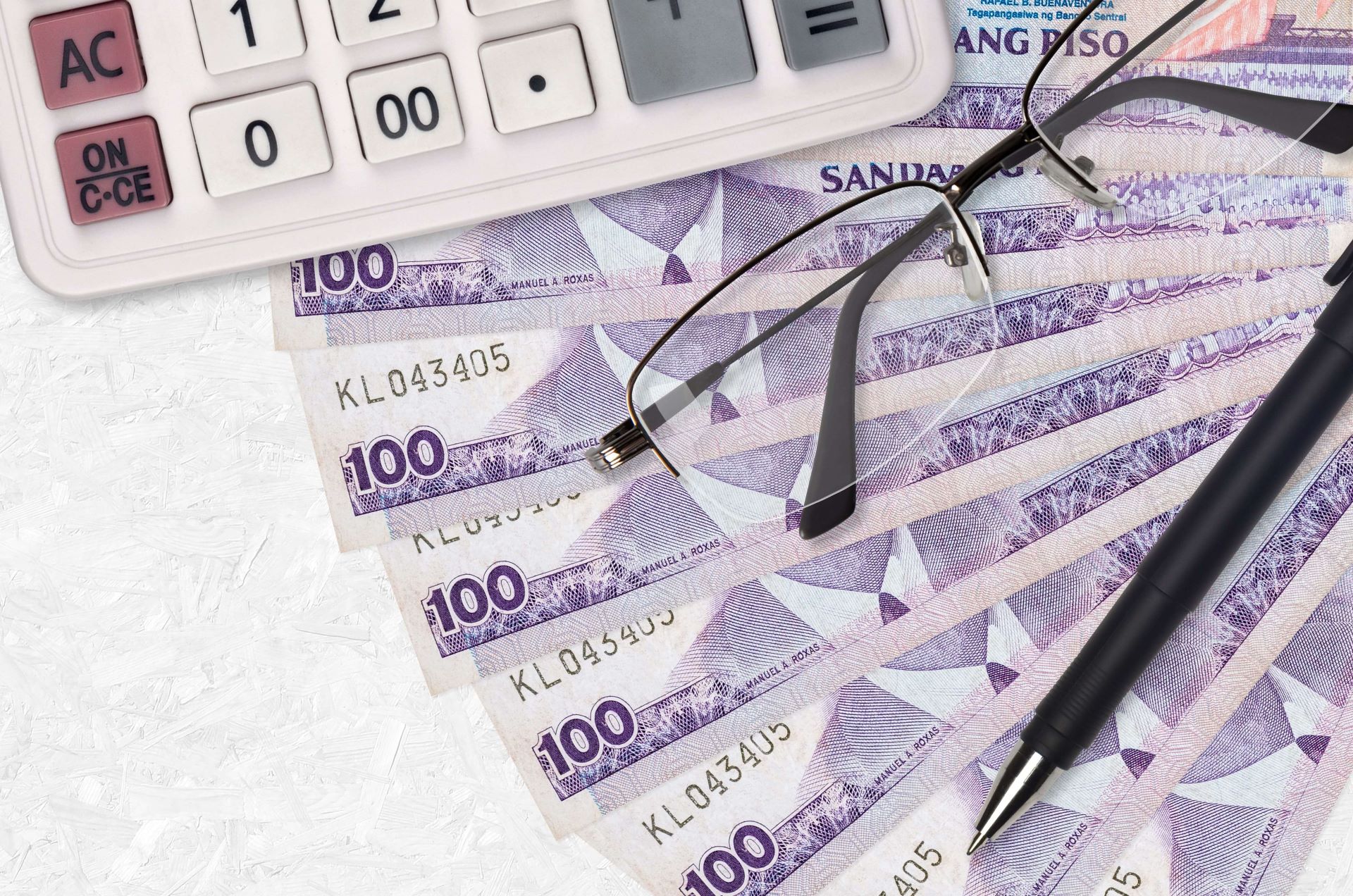The economic growth of the nation has its ups and downs as it is affected by different events like face-to-face classes, crises, and situations, whether it’s inflationary pressures, new changes in the tax table, or a global recession. Now approaching around three years after the pandemic first started, we now approach the end of the year 2022 towards a fresh year. Consequently, predictions and assumptions for the Philippine economy in 2023 are now a more relevant topic of discussion. Read on to be aware of the predictions for the 2023 PH economy in your Cavite house and lot. This blog will give you an outlook and information on the economic status of the Philippines 2023 has to offer.
The PH Economy Coming Out of 2022
According to the Asian Development Outlook, the growth of the PH economy in 2022 was forecasted to grow by 7.5%. It was said that given the momentum of the PH economic growth in 2022, such growth would place the country at the higher end of the range of economic growth among Southeast Asian countries. This is because the forecasted growth for Southeast Asia increased only from 5.1% to 5.5% with a momentum that will decrease to 4.7% growth coming into 2023. Furthermore, the exchange rates for the Philippine peso and the US dollar had the peso at Php54-55 for 1 dollar.

Expectations for the 2023 PH Economy
In 2023, the PH economy is forecasted to show some momentum in its growth coming out of 2022. This growth is impacted by the impact of lifting COVID-19 restrictions on mobility and boosting employment, tourism, and domestic demand, according to the Asian Development Bank (ADB). Furthermore, it is observed that the government shows interest in continuing its work on infrastructure projects, which include the South Commuter Railway Project and Malolos Clark Railway Project, which are two railway projects that aim to build transportation linking the Luzon provinces, where there are many properties like a Cavite house and lot, and Metro Manila. On a micro-scale, commodity prices, such as oil, are predicted to significantly affect the country going into 2023, especially given the rising tensions of the Russia-Ukraine conflict.
Other organizations that have given their predictions on the PH in 2023, such as the S&P and Moody’s Investors Service, state that the Philippines is forecasted to have slower growth. This is because of three parts. The first part is external headwinds, and headwinds are defined as factors that can cause a decrease in growth, such as decreased money supply, more competition, and the like. The second part is the tightening cycle of central banks that are led by the US Federal Reserve; a tightening cycle or policy is when a central bank raises the federal funds rate. The third part is the increase of inflation, and inflation leads to the increase of prices in a country.
The Effect of Inflation on Exchange Rates in the PH

Inflation itself has been observed to be a relevant point of discussion when it comes to the growth of the PH economy. The S&P states that the PH Gross Domestic Product (GDP) is forecasted to increase by 5.5% in 2023 because of the implementation of fiscal and monetary policies aimed to reduce inflation. At present, it is assumed that the value for the Php-US dollar exchange rate will have Php 55-59 per 1 US dollar in 2023.
According to the Asia Development Bank (ADB), the predicted inflation for the 2023 PH economy will impact commodity and global energy prices, while natural disasters are likely to increase the prices of food within the year. Although, the PH Gross Domestic Product (GDP) is predicted to grow by 6.5-8% because of interventions in the electronics and agriculture industries.
The Development Budget Coordination Committee (DBCC) states that transport and food expenses are predicted to rise because of inflation in 2023. Consequently, this may make transportation from your Cavite house and lot cost more. Moreover, the Philippine peso is forecasted to weaken in value in 2023 because of uncertainties in the global economy, global monetary conditions, and the “aggressive tightening” of monetary policies in the US Federal Reserve. On the other hand, the prediction for the PH government revenue is predicted to increase up to Php3.7 trillion in 2023.
The National Economic and Development Authority (NEDA) states that interventions, such as the Philippine Development Plan 2023-2028 and the Medium-Term Fiscal Program, are being implemented to mitigate the rising inflation in the country. The aforementioned programs also aim to “manage socioeconomic scarring, protect the poor through targeted assistance,” and the like. Hence, it seems that these programs are implemented to benefit the people and their properties, like a Cavite house and lot.
The Possibility of a Recession

The ASEAN+3 Macroeconomic Research Office (AMRO), is forecasting the Philippines’ economy to grow at a pace that is faster than others in the ASEAN region because of headwinds such as geopolitical tensions, aggressive tightening of monetary policy, energy crises, and the like. Despite this, it is because of such headwinds that a recession in the US and Europe may be predicted because of the circumstances of the US Federal Reserve and the energy crises in Europe. The economies of countries around the world may affect each other as some increase or decrease in growth, and in the Asia region, the Philippines has been observed to have the highest inflation rate compared to countries like South Korea, Thailand, and Singapore. In order to mitigate the decrease in growth, the issue of rising inflation in the Philippines must be addressed, or else the price of living will increase to the extent that living in a Cavite house and lot will become challenging.
Takeaway
The state of the global economy has been crucially impacted with the event of the pandemic occurring during early 2020. The pandemic proved to decrease the growth of the PH economy because of how it aggravated several existing issues within countries, not excluding the Philippines. Issues such as poverty, unemployment, lack of healthcare services, and the like, proved to decrease economic growth in the Philippines.
As time passed, however, the Philippines’ economy has been increasing as the country recovers from crises. In 2022, steady growth has been observed, however, this growth is expected to slow down in 2023 because of different factors. A significant factor is an increase in inflation in the PH, while other factors that involve circumstances relevant to the global economy include energy crises, a decrease in the growth of other countries economies, and the tightening of monetary policies. Despite this, it is expected that the PH economy is expected to reach a stable increase in growth in the coming decade; so perhaps it is worth considering investing in some real estate, like a Cavite house and lot.
Read more: Opportunities for Real Estate Investors Coming to 2023


